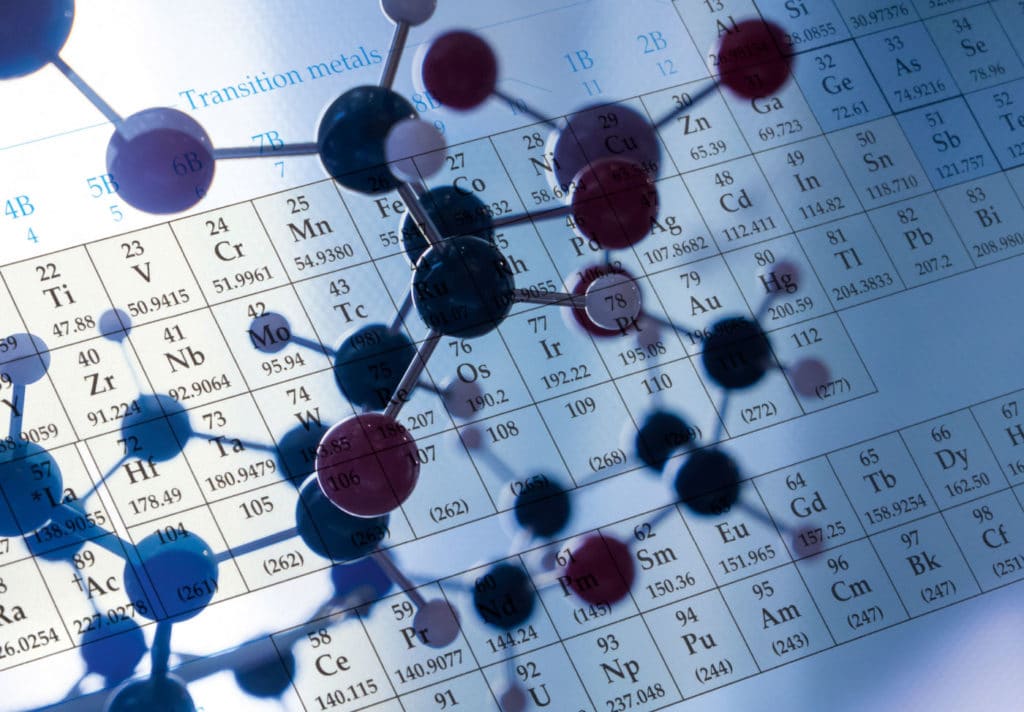Tag: chemical bonding
Pioneering materials informatics: Clean technologies from molecular design

Tackling global challenges in sustainable energy production calls for the rational design of new generations of clean materials, coupling efficiency with low environmental impact. Materials discovery offers a powerful means to predict structure-property relationships in novel materials, but often lacks the ability to account for the complex interplay of length- and timescales that ultimately determine the potential of a material […]
Read More… from Pioneering materials informatics: Clean technologies from molecular design
Sticking together: Another look at chemical bonds and bonding

The making and breaking of bonds lies at the heart of chemical reactions. The ability of atoms to form bonds with each other allows the formation of molecules. It is exactly this formation and breaking of bonds that chemists are trying to master in the lab, as innovative new ways to control chemical bonds make it possible to make novel […]
Read More… from Sticking together: Another look at chemical bonds and bonding
Configuring new bonds between first-row transition metals

Transition metals are some of the most important elements in the Periodic Table for their wealth of applications, spanning catalysis to biology. The rich chemistry of the transition metals arises from their remarkable ability to form multiple chemical bonds, a process that is still not fully understood and remains a major challenge in fundamental chemistry. Professor Connie Lu at the […]
Read More… from Configuring new bonds between first-row transition metals